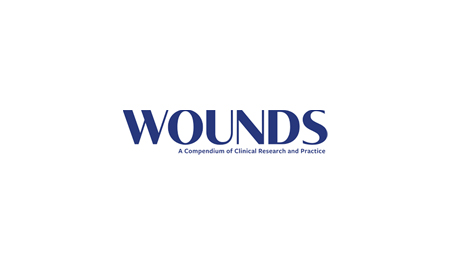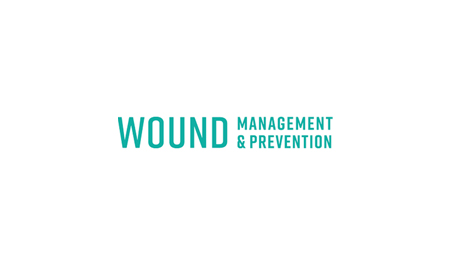Abstract:
Diagnosis of perineal wound infection based solely on clinical signs and symptom is subjective, and often incorrectly identifies wounds with clinically significant bacterial loads. New advances in wound care such as bacterial fluorescence imaging allow point-of -care assessment of bacterial burden. This single-centre, prospective observational study included 80 women with perineal wound infection and aimed to determine the incidence of significant bacterial colonisation identified with bacterial fluorescence imaging (MolecuLight i:X). Also, to evaluate the diagnostic accuracy of bacterial fluorescence imaging. 30 women (37.5%) had fluorescence in their wounds despite antibiotic therapy. The sensitivity of bacterial fluorescence imaging in the diagnosis of wounds with a clinically significant bacterial burden was 83% and specificity was 90%. The positive predictive value was 92% and negative predictive value was 80%. Overall, diagnostic accuracy was substantial. The results of this study demonstrate that bacterial fluorescence imaging can provide real-time information surrounding the bacterial burden of perineal wounds.
Back to All Clinical Evidence
Anti-Microbial Stewardship, Chronic Wounds
Bacterial autofluorescence in infected perineal wounds: a prospective cohort study
High diagnostic accuracy to detect elevated bacterial loads in perineal wounds
The sensitivity was 83%, specificity was 90%, and the PPV was 92%















